The Form
In photography, form exists in two dimensions and represents the first means by which a viewer can identify an object. The form is the equivalent to three-dimensional object.
Even if the form has only two dimensions, with the proper application of lighting and tonal range, you can provide a three dimensional quality to the object. Lighting can support the form, it may show even more completeness of the shape, for example, continuous light and shadows provide the fullness of form, its integrity, they practically round the shape as it stands out as a whole and separates from the background.*1 But also, the lighting can destroy the form, creating dark shadows that can cause many forms merge into one crating a new form.*2 The form may become more dominant by being placed against the plain contrasting backgrounds. The greatest emphasis on form is obtained when the form stands out by eliminating the other qualities of form, such as its texture and roundness, or the illusion of three dimensions.*3 Forms without color, texture and details can be very interesting. The silhouettes are very powerful and aesthetic. Silhouettes of an unknown object are most interesting and provocative than the known shapes. Shapes silhouetted in front of a building or portraits (arches, corridors, pillars etc…) generate more power. They are communicative, emotional and beautiful. The way objects connect to each other in a photo creates forms that attract the eye of a subject to another subject. If the composition of the photo lacks form, then the picture is too much occupied and difficult to understand.
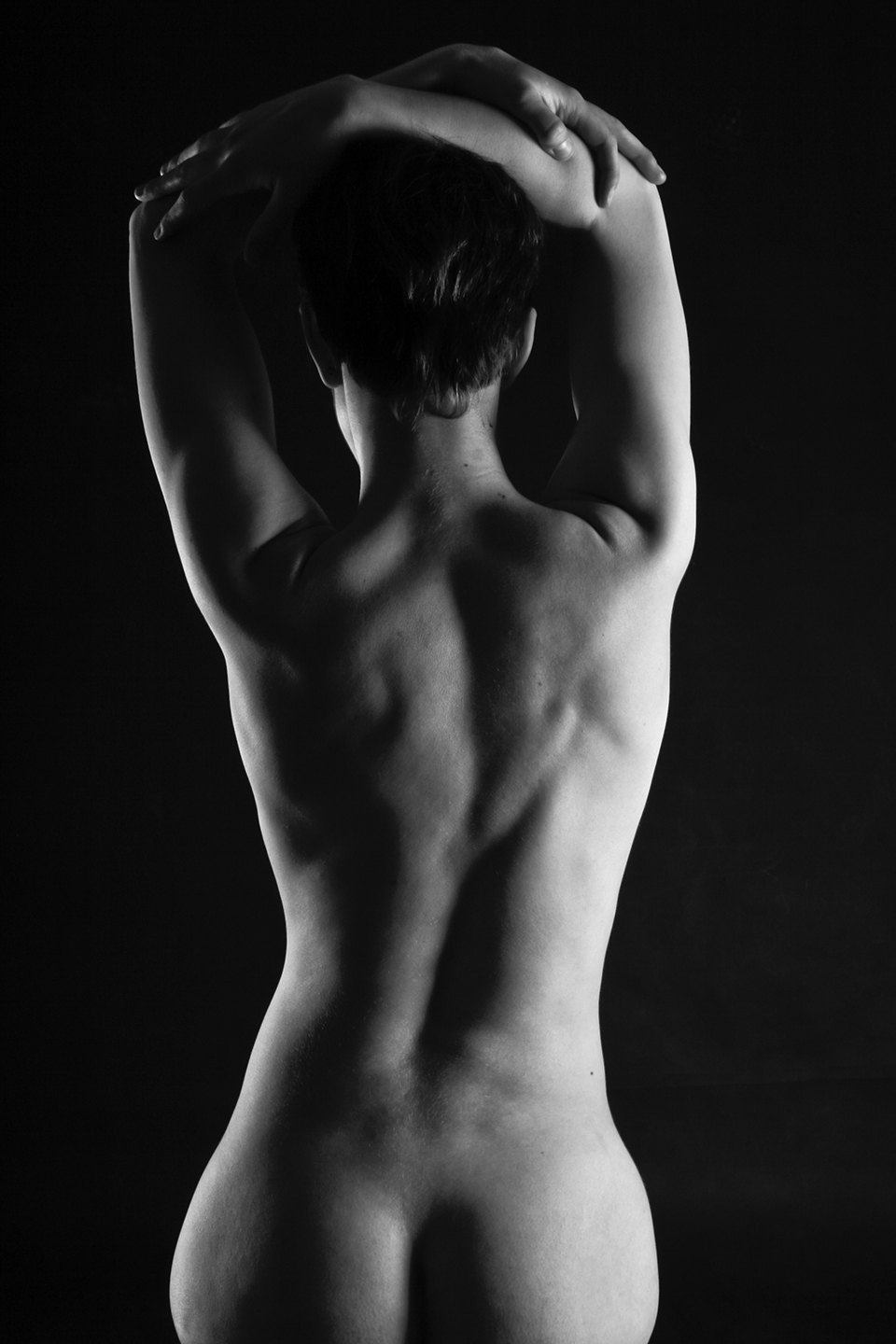
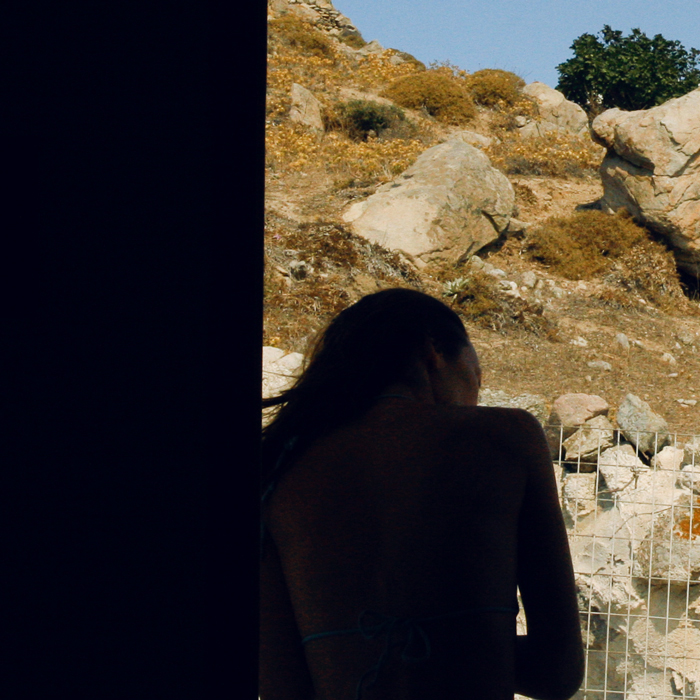
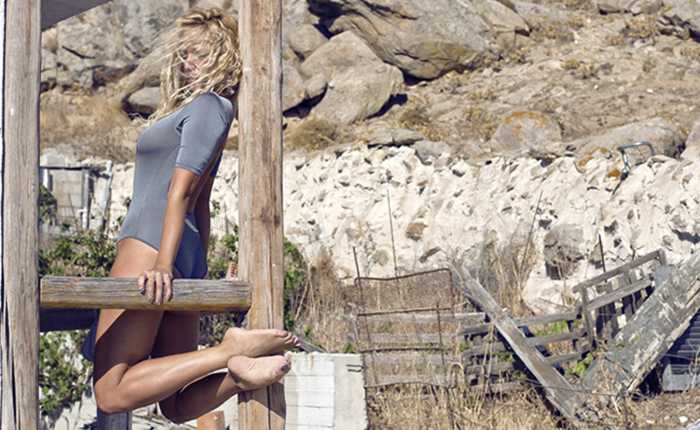
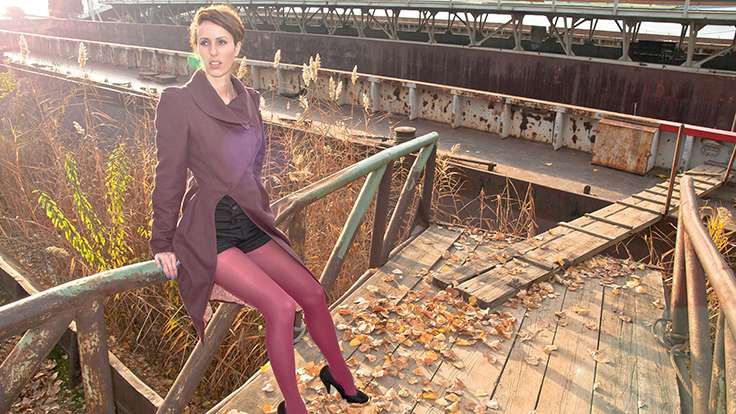
Some forms are more effective than others. For example, squares and circles tend to be too symmetrical and leave too much empty space around the subjects. Forms that work best for composition are triangles and diamonds. Triangles can be formed in several different ways: if the subject is already triangular, the viewer’s eye will automatically focus on that form.*5 Different focus points can be one of the three points that form the triangle. As long as there is no other object in this frame, the eye can easily follow and read by its order information from the picture. Furthermore, a diagonal line can divide the picture into two, creating two contrasting triangular sides. This highlights the difference between the two parties. For example, that is when a fence is bisecting the frame on the diagonal – here, I placed the example of and image consisting diagonal triangle, and few more with various shapes, textures and tone and directions.*6 In photographic composition, triangles are the most useful forms for several reasons. They are common because they are simple to construct or to imply. It is important to see implied triangles as one of the few ways to bring order to an image, they do not appear directly, but they create an invisible path guiding the observer while watching the picture. Due to perspective and its graphic effects of the convergence triangles simply occur often in images and wide angles emphasize them. Triangles are also the most basic of all geometric shapes, with the least number of sides (they need only three points, and these should not be at any particular arrangement). Unlike triangles and lines, circles are not so easy to notice because they need to be almost complete to be recognizable. However, they often occur in nature and they are valuable in image composition due to its relaxing and pleasant effect.*7 Rectangles are rare in nature but often appear in artificial structures, and they are useful to subdivide frame.*8
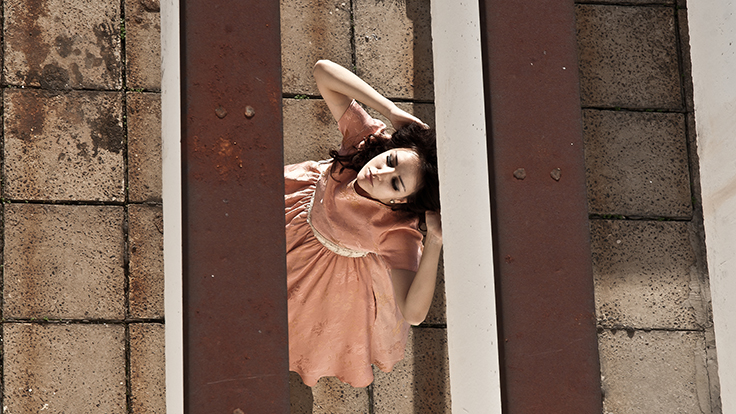
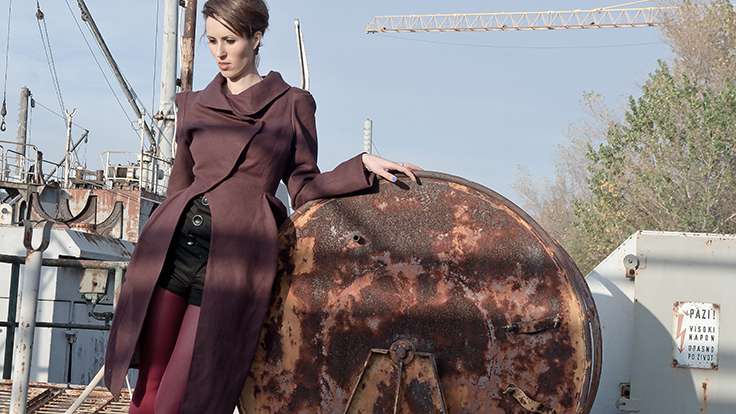


Negative space
In two-dimensional composition objects are positive forms, while the background is negative space. Negative space is the area which surrounds the main object in photo (the main object or “positive space“). The negative space is not just an empty space, it is equally important as the space occupied by subject because, it provides balance in a photograph and also occupies a place for eyes to relax, a neutral or contrasting background drawing attention to the main subject, which then is referred to as the positive space. A cluttered background tends to diminish the importance of the subject, while a plain background draws attention to it. The effective placement of objects in relation to the negative space around, is essential for success in the composition. Negative space can give photograph an entirely different atmosphere than the other photograph of the same subject. The absence of content does not mean the absence of interest. In fact, negative space often adds interest as it can place a stronger emphasis on the subject and it can evoke emotions effectively.*9 Elements of an image that distract from the intended subject, or objects in the same focal plane, are not considered negative space. Negative space may be used to depict a subject in a chosen medium by showing everything around the subject, but not the subject itself. Use of negative space will produce a silhouette of the subject, losing its textures and details. In this case, negative space produces a silhouette, as the center of interest and an examples of this for instance, are all objects in the counter-light.*3*10
Shapes are usually identified with its precise contours and sometimes with texture detail. Outlined form can be an attraction to the eye and you can structure your entire image around it. Also, the line may divide form, create independent elements within the form, or create entirely new forms.*3 A shape may be consisted of an object, or more elements seen together in a way that constitutes a combined form, shapes echoing another. This visual mirroring is created when forms flow into each other, continue its direction, or even when contrasting.*11
Form also gains strength and contrast with the emphasis of its surroundings – the difference in tone or background color and lighting. The repeating shapes adds an extra effect to the image by providing a pattern. This repetition of forms in certain interval and rule, seems as an object. Facades of houses are most common pattern around us.*10
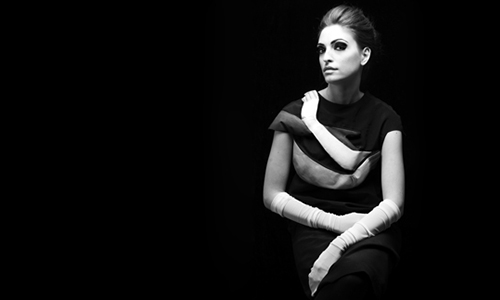


The functions of the space in a photograph can be grouped into three categories: the mass, proportion and relation.
Mass describes the amount of space an object fills, how big and heavy it is.
Proportion describes how the mass of an object is comparable to that of another, and how the different parts of a single object “stand” together. It is the comparison of weights between two or more forms.
Relationship is probably the most complicated aspect of space, and most important. Relation is mainly related to how objects interact. Relation describes how the shapes of objects interact in a photograph.
This may mean physical factors, for example if they are close, touching, very distant, similar, different, etc… You may decide that the subject “A” is more attractive or interesting or important that the subject “B” and you can compose a picture to show this relationship. Whenever an object comes close to each other or comes close to the frame of a photograph, it creates a visual tension. It’s almost as if the object is pressed against the space between the two. Curiously, the tension is greatest when objects / forms almost, but not quite, touching. Michelangelo’s painting of the hand of God reaching toward the hand of Adam is a famous example of this effect. The effect would be weakened if their fingers actually touched each other.
The choice of form is a personal matter and is similar to the choice of color. But still, there are psychological and emotional effects of the shape on human mind. For example, the circular form indicates pleasant, harmonious atmosphere, but suggests movement and action. Square forms suggest framing, restrictions, inactivity, a triangle is dynamic, gives the depth to the image. The dynamics of a circle, triangle, rectangle shape, leaf shape, shape of a flower and so on, are not the same. They create different feelings to the human mind.
Here are some basic shapes and the impression they provoke:
The square is symmetrical and therefore gives an impression of calm and stability. This may cause the picture to be too flat, and if space is what we need to emphasize, than square should be combined with other shapes.
The ascending triangle is a harmonious form that gives a sense of calm and balance (a solid). It is also a form of spirituality (pointing to the sky).
The descending triangle accelerates the movement of the eyes and gives an impression of insecurity.
The circle symbolizes infinity, gentleness, harmony, therefore gives the impression of a perfect balance.
The horizontal rectangle evokes a peaceful atmosphere, the rest but it can also give the impression of heaviness and coldness.
The vertical rectangle expresses the power, strength and solidarity. It can also be used to dramatize a composition.
What defines a form?
Line – weather it is – explicit or implicit, gives the outline shapes
Texture – change in texture defines the shape, although the hue and value remain essentially consistent
Value – strong contrasts in value within a composition may define the boundaries of shapes
*I wrote this text probably under the influence of other websites or books about photography and references can be found in the footer of each post. All photos in this page are mine and I own the copyright. These texts were originally created for my work in photography course in French school in Belgrade.
References:
“The photographic eye” – Michael F. O’Brien & Norman Sibley,
“Photography the art of composition” – Bert Krages
http://www.hongkiat.com/blog/positive-effect-of-negative-spaces-in-photography/
“Creative Black and White Photography ”, Bernhard J Suess,
www.blur-magazine.comhttp://www.absolut-photo.com/cours/composition/compo_7.php
http://www.flickr.com/photos/cverwaal/3874168715/




